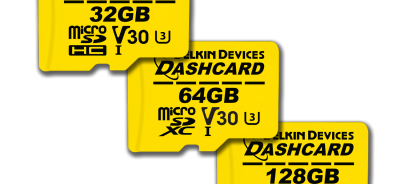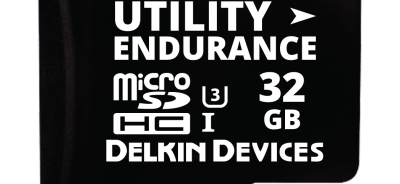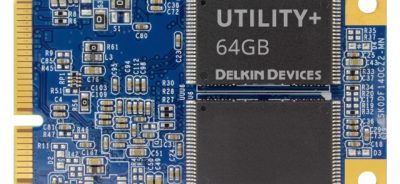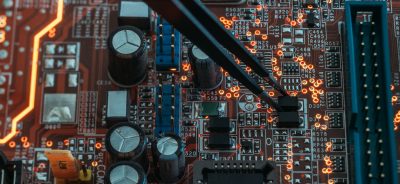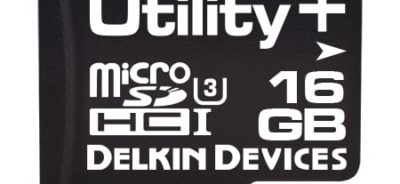SLC vs MLC Flash SSD
When selecting industrial flash SSD, choosing the right type of industrial flash storage for your needs is critical to the proper functioning of the host application. Both SLC and MLC SSDs are common, so OEM designers must carefully evaluate both options before selecting the best type. The differences can be remarkable, and choosing an inadequate SSD for an application can be costly in the long run. To ensure you make the right choice between SLC and MLC, here is what you need to know about these storage solutions.
SLC: Top Level Performance
Single-level cell, or SLC, is the peak level for industrial grade flash SSD. With SLC, one bit of data is stored in a single cell. Because this type of SSD only stores a single bit of data per cell, SLC is often the most costly flash storage solution. However, it’s higher price also comes with greater speed, higher number of read/write cycles, and overall stability. SLC NAND is the gold standard of flash storage reliability and offers the largest NAND geometry size.
SLC SSD is also industrial grade, which means that it comes with a long product life cycle and that the BOM is controlled. Thanks to a controlled BOM, the components of the storage cannot be changed unless the parts number is discontinued, which adds a huge amount of product reliability for OEM designers to count on.
MLC: Commercial Grade
MLC stands for multi-level cell, and as the name suggests, this kind of flash storage allows for more than one bit to be stored per cell. Because multiple bits of data can be stored in a cell, MLC flash storage is a little more vulnerable to wear, but can still withstand temperature extremes, and protects against data corruption. The MLC lifecycle is often shorter than SLC, but it is still going to have high endurance. The right choice all depends on the type of application and how the application cycles data on the industrial flash store device.
MLC remains hugely popular, largely because it is more affordable than SLC. MLC NAND is often associated with a commercial grade product. That means that the BOM may not be controlled. Without a controlled BOM the flash storage device unexpectedly stop working when the manufacturer makes a parts change, so this is something to be aware of when considering the longevity of the application life cycle.
Choosing the Right Flash Storage
Industrial grade SLC is the choice most OEM designers make for high-level applications that demand rugged performance and reliability. MLC also has some industry-specific uses, and it can be at a lower cost point, making it more practical mass-production applications.
If you have questions about SLC and MLC or need guidance in choosing the right storage for your application, contact Delkin. We’re happy to answer your questions about flash storage options and more.
Contact
 Login
Login Register
Register



